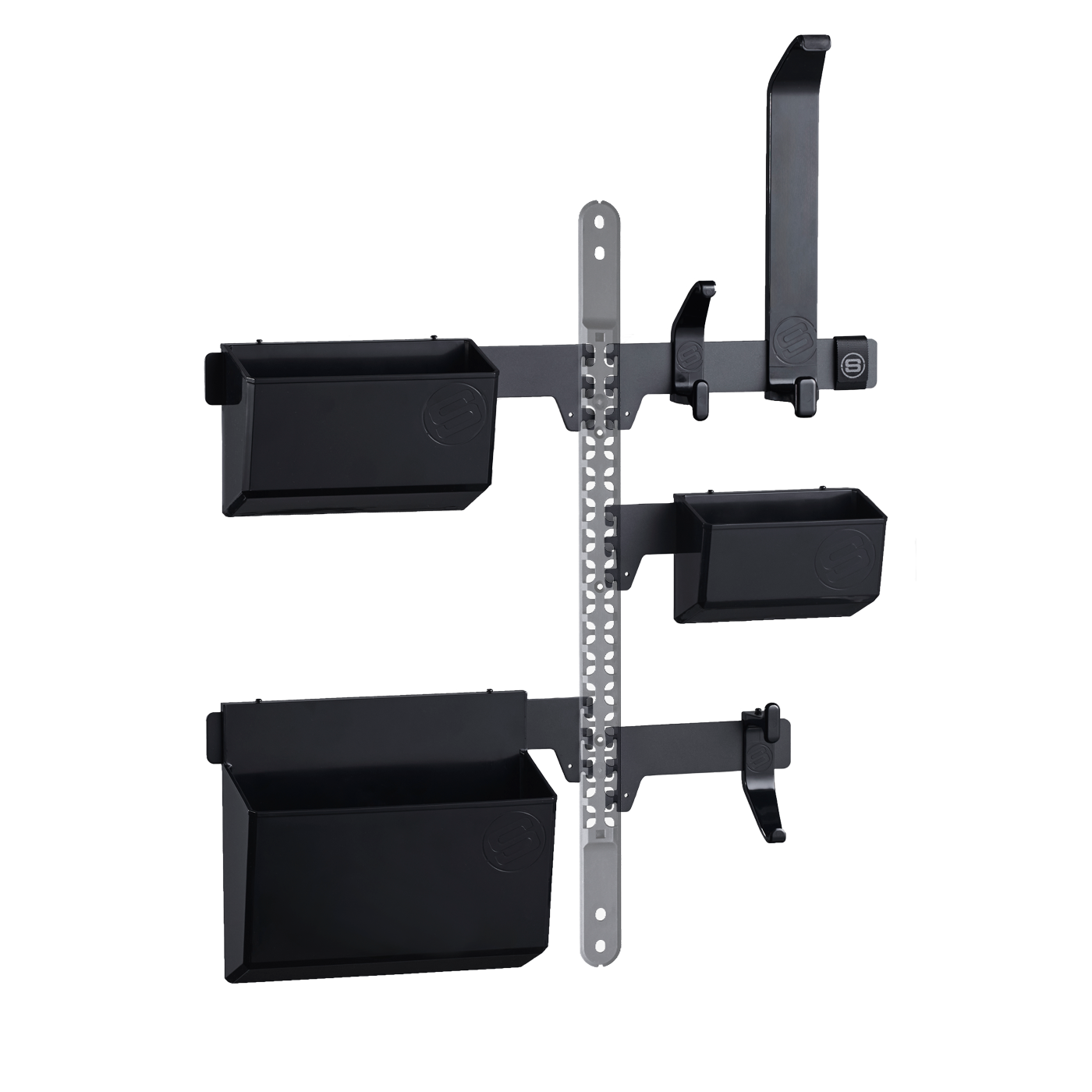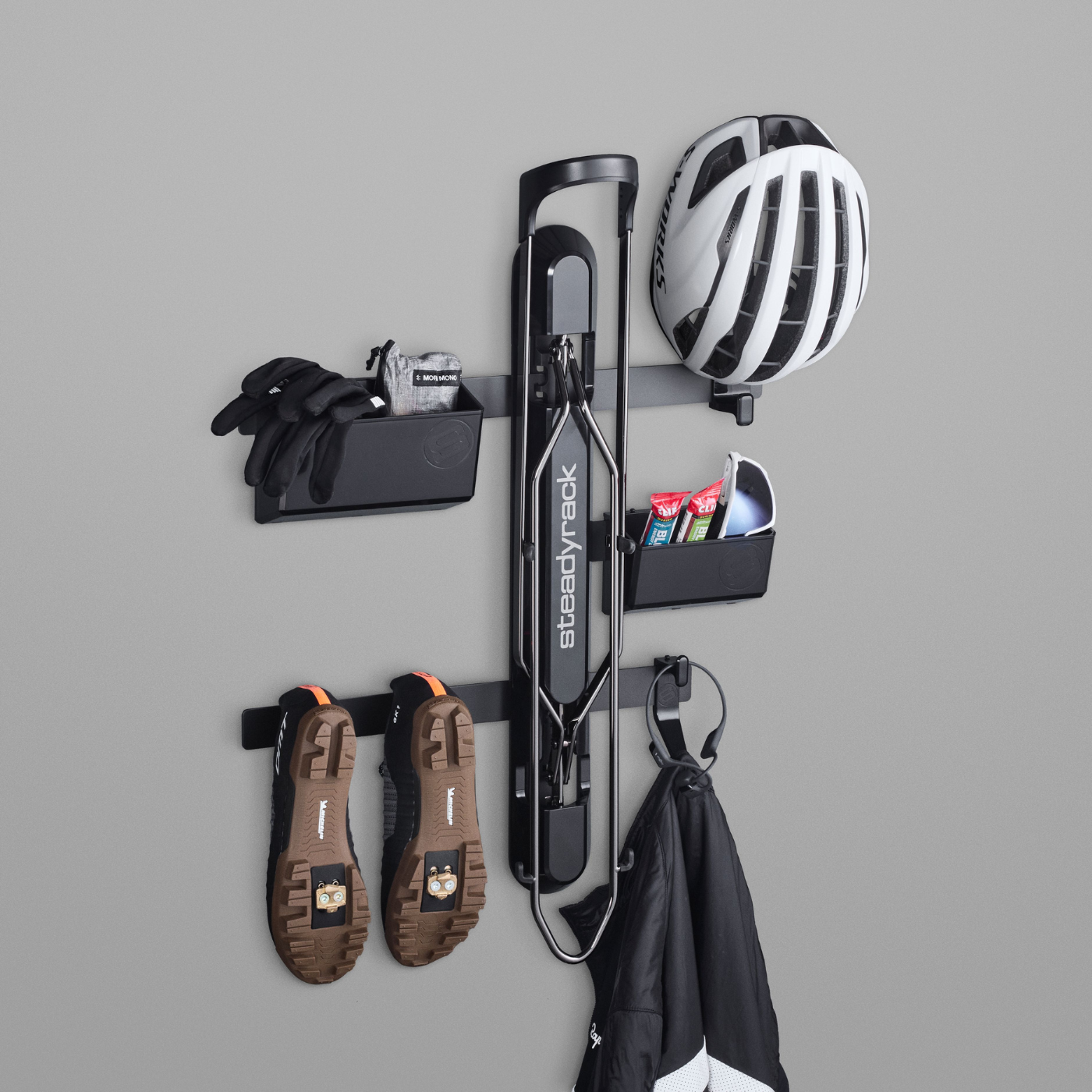कर्ब के लिए प्रतिस्पर्धा बढ़ रही है और शहरों को इसे प्रबंधित करना होगा।
In case you missed it, 2018 was designated the Year of the Kerbby Sabrina Sussman, Zipcar’s public partnerships manager. This is because competition for limited kerb space has been increasing over the past few years, particularly in cities. The kerb is the place that provides “access” between the street and the footpath. The definition tends to include the lane beyond the kerb that is used for car parking, bus stops, taxi pickups and dropoffs, and loading and unloading goods. But kerb competition is increasing from a range of new users including: car sharing, ride sharing, e-scooter share, bike share and e-bike share, food delivery, online order deliveries and, in coming years, autonomous vehicles. And this increasing focus on the kerb is highlighted in recent reports by the Institute of Traffic Engineers, the International Transport Forum and North America’s National Association of City Transportation Officials (NACTO). With this range of new users, cities need to rethink how they manage this contested real estate. Without better kerb management, cities will face increased congestion on local streets from vehicles circulating to access the kerb and on footpaths from a range of shared mobility devices. One change cities will need to make to accommodate these new users is to repurpose kerb space, which has traditionally been used for parking, to other uses. This change will most likely have a significant financial impact. One survey of the 25 largest US cities found parking-related revenues totalled US$5 billion in 2016, or about US$129 per person. While repurposing kerb space will not affect all of this revenue, it will have an impact on city budgets. To minimise this impact, cities will need to think about if, and how, to charge new users of kerb space.
कर्ब्स प्रबंधित करने के लिए, पहले उपयोगों की पहचान करें
सिएटल शहर कर्ब प्रबंधन में नेताओं में से एक है। शहर ने कर्ब उपयोग को छह प्रमुख कार्यों में वर्गीकृत किया:- यात्रा लेन, बाइक लेन और बस लेन के लिए गतिशीलता
- बस स्टॉप, बाइक पार्किंग और लोडिंग जोन का उपयोग करने वाले लोगों के लिए पहुंच
- माल वितरित करने के लिए वाणिज्य तक पहुंच
- छोटे पार्कों, खाद्य ट्रकों और सार्वजनिक कला के लिए सक्रियण
- रोपण, वर्षा उद्यान और जैव-स्वेल्स के लिए हरियाली
- पार्किंग, बस लेओवर और निर्माण के लिए भंडारण।
- मोड द्वारा कर्ब स्पेस का उपयोग करने वाले यात्रियों की संख्या
- गतिविधि की समय अवधि देखी गई थी।
- उस उपयोग के लिए समर्पित कुल स्थान।
कर्ब उत्पादकता की गणना कैसे करें
The CPI is a useful way of quantifying the various competing uses for the kerb. It’s calculated by dividing the amount of activity by the amount of space used, multiplied by the unit of time. For example, the CPI for a bus stop that uses 45 metres of kerb for 250 arriving and departing passengers over four hours would be: 250 passengers/(45 metres x 4 hours), or 1.39 passengers/metre-hours. Alternatively, the CPI for a car space that uses five metres of kerb that services two passengers over four hours would be: 2 passengers/(5 metres x 4 hours), or 0.1 passengers/metre-hours. The CPI shows a bus stop is 13.9 times (1.39/0.1) more productive than a car park. This analysis of usage data provides some rigour in developing a kerb management plan.'मिथक पर माप' पर आधार प्रबंधन
आगे बढ़ने के तरीके के रूप में, फेहर और पीयर तीन घटकों के साथ एक प्रबंधन रणनीति की सिफारिश करते हैं:- मौजूदा कर्ब उपयोगों का अन्य क्षेत्रों में स्थानांतरण
- रूपांतरण, जिसमें कुछ वर्तमान उपयोगों को समाप्त करना और उन्हें नए उपयोगों के साथ बदलना शामिल है
- लचीलापन, इसलिए कर्ब दिन के समय के आधार पर परिवर्तन का उपयोग करता है।
- कूर्ड से ओपन कर्ब, फुटपाथ का एक स्पिन-ऑफ, जो व्हीलचेयर कट, फायर हाइड्रेंट, बस स्टॉप और अन्य भौतिक कर्ब संपत्ति प्रदान करता है।
- पॉपुलस, एक सैन फ्रांसिस्को परिवहन कंपनी जिसने एक गतिशीलता प्रबंधक विकसित किया है जो ई-स्कूटर और ई-बाइक साझा पार्किंग डेटा पर डेटा प्रदान करता है
- रीमिक्स, जिसने डेटा-स्ट्रीमिंग फीड का विश्लेषण और कल्पना करने के लिए नया मोबिलिटी टूल विकसित किया है।








